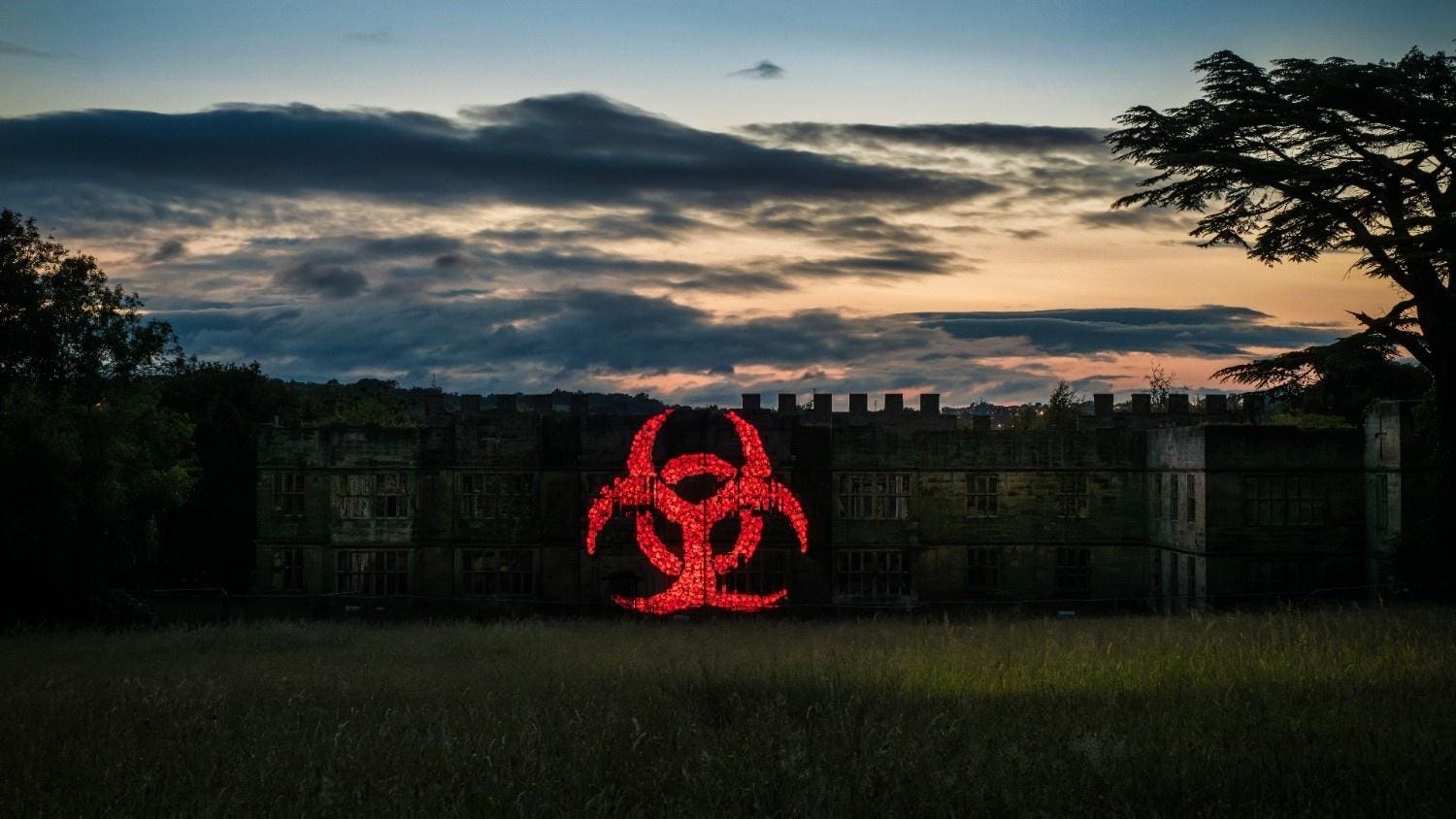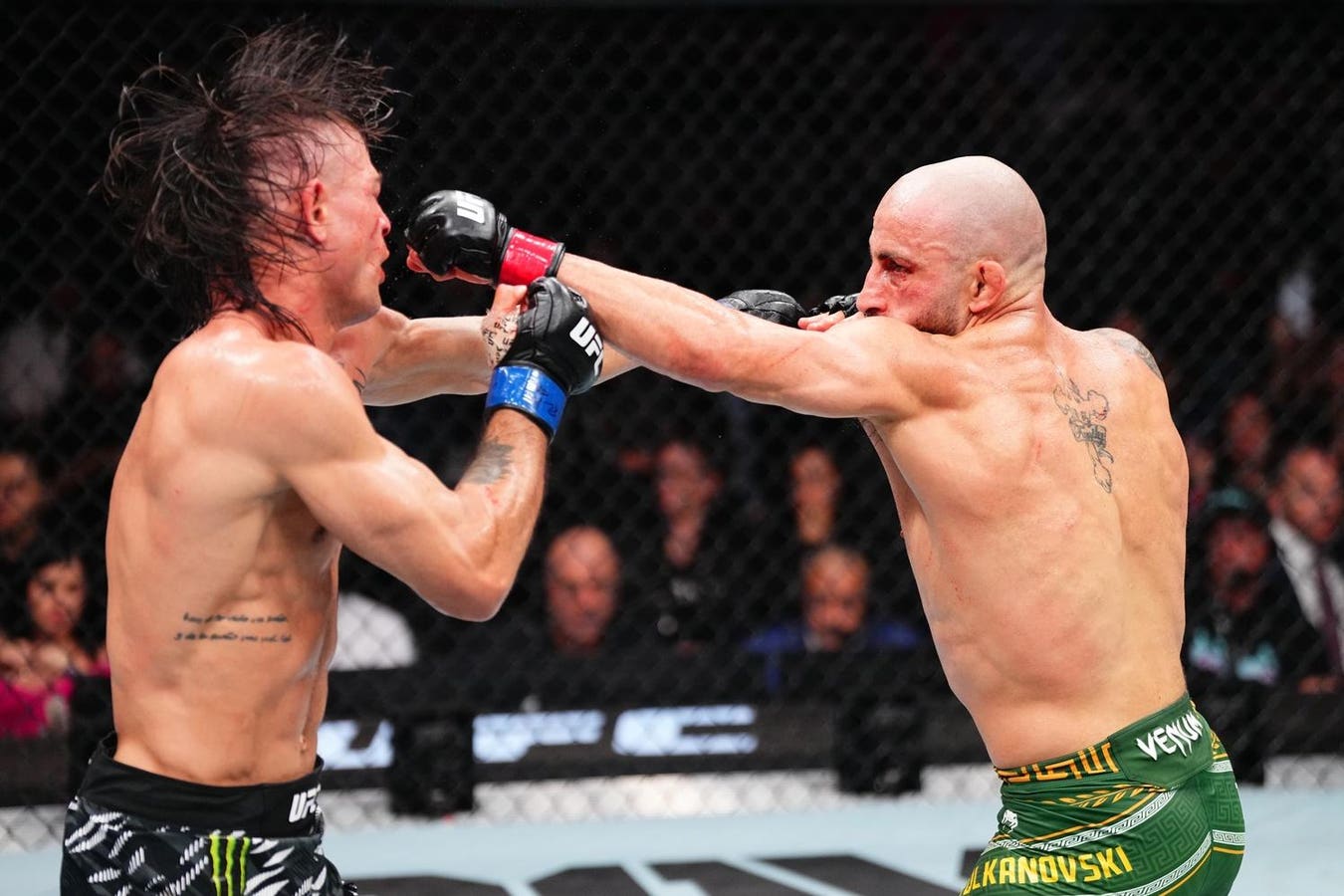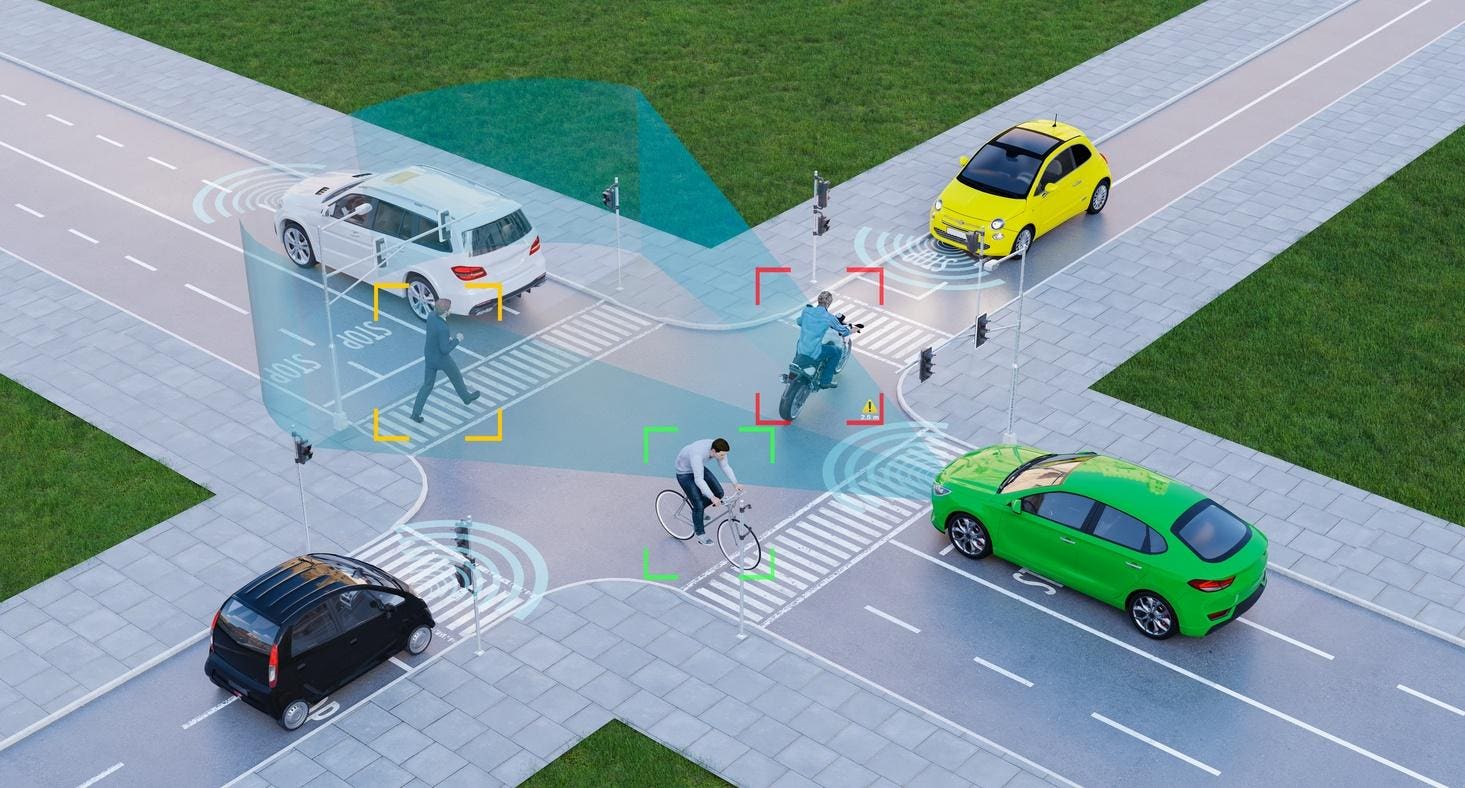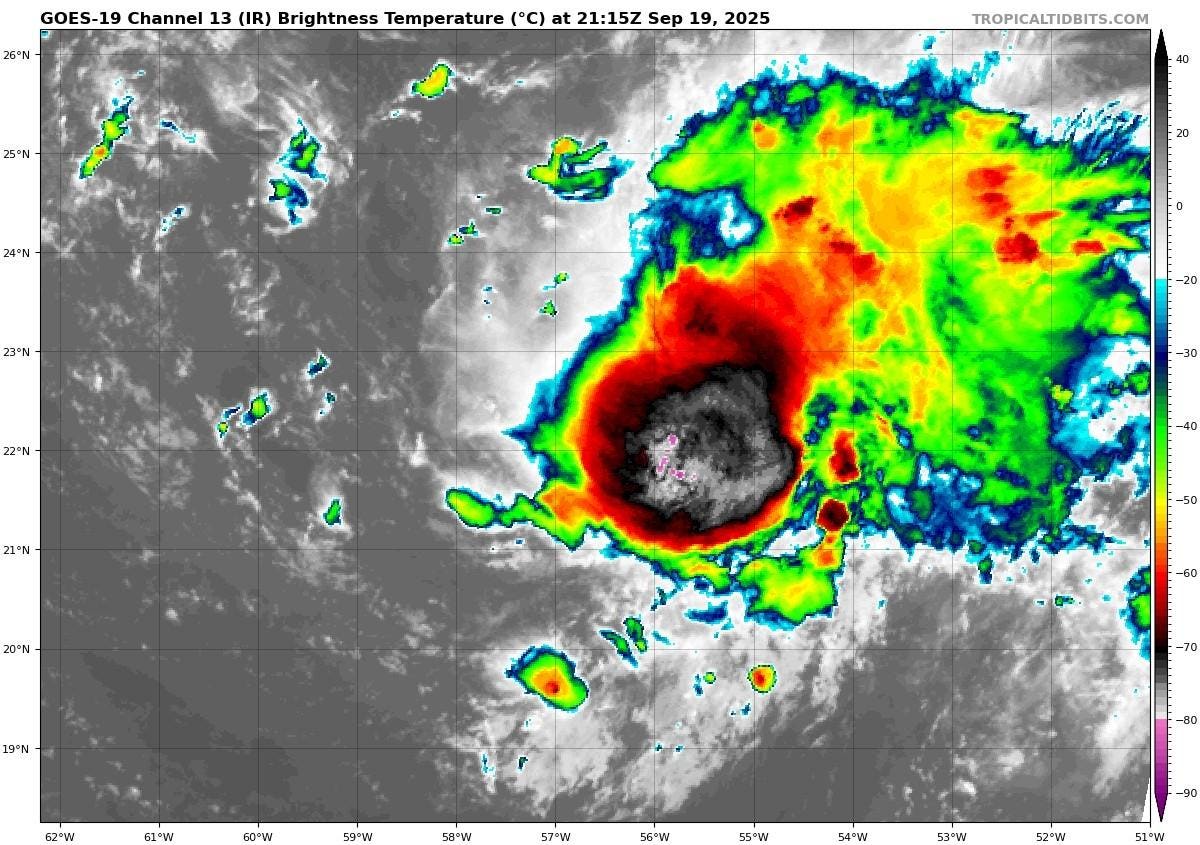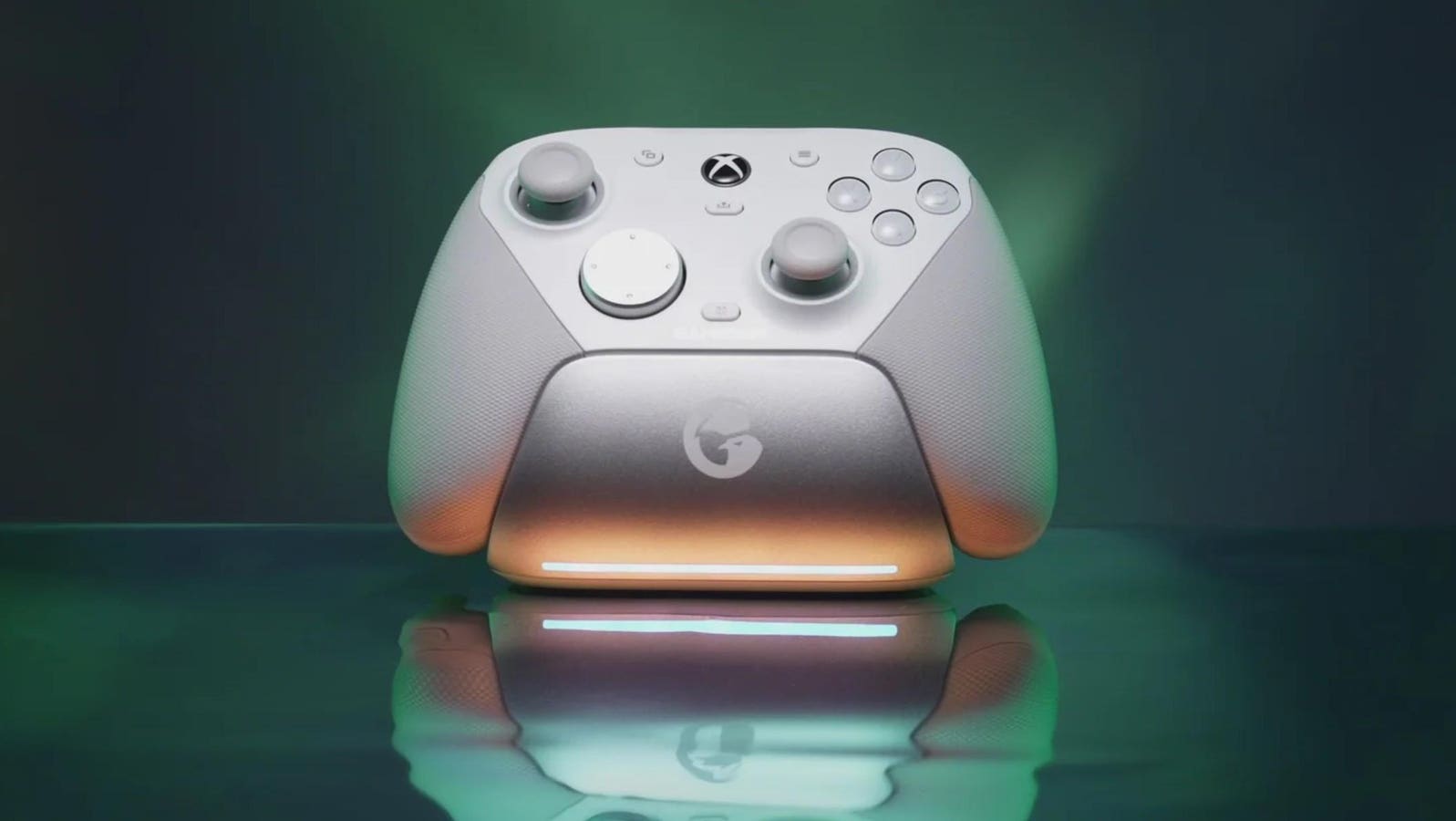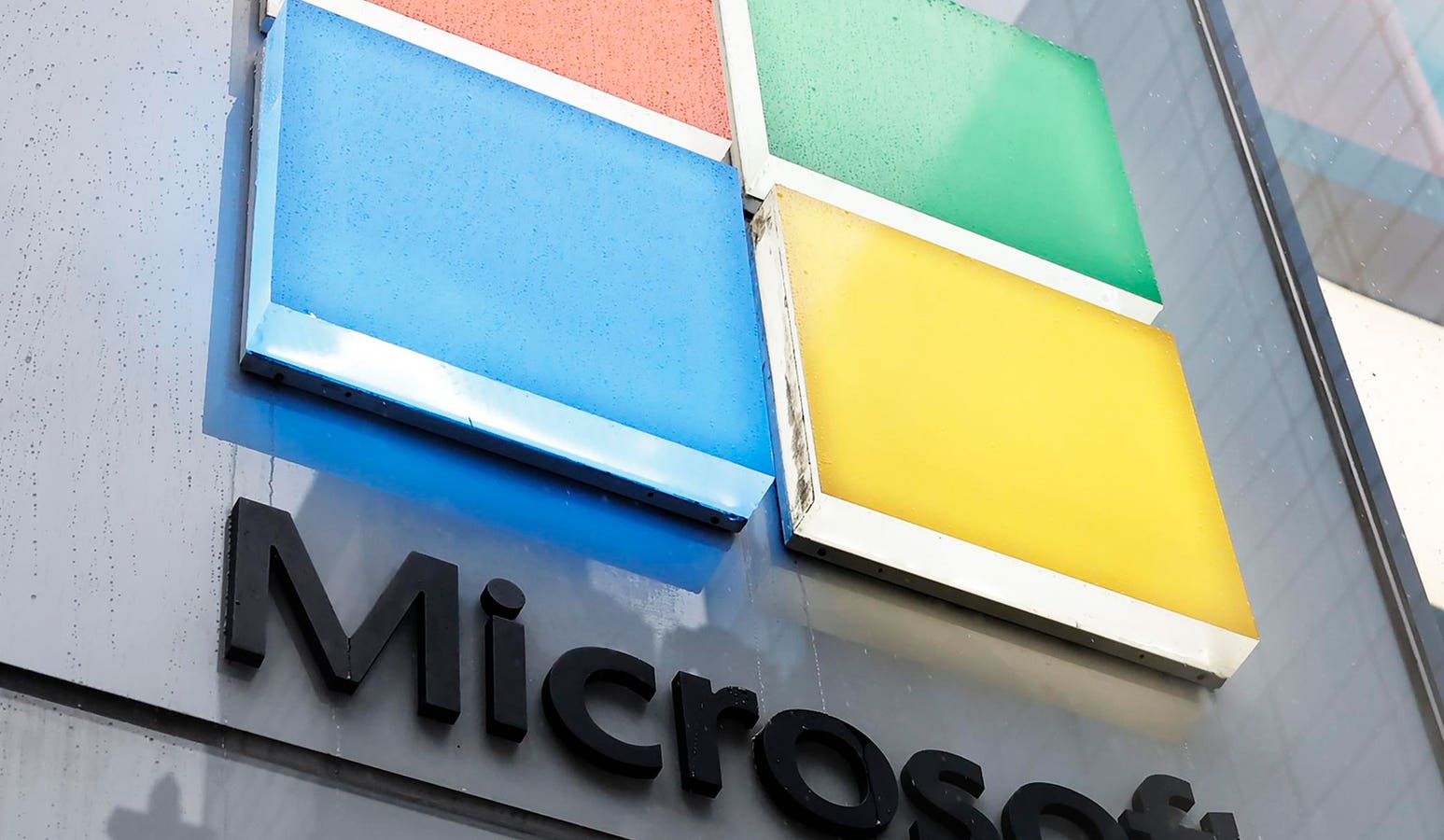To promote the movie, Sony has been projecting the Rage logo onto several locations around the UK, … More
28 Years Later, starring Jodie Comer, Aaron Taylor-Johnson, and Ralph Fiennes, is the new post-apocalyptic infection sequel to Danny Boyle’s 2002 film 28 Days Later.
An Iconic Original
The original was iconic for several reasons, but primarily because it was credited with revitalizing the Zombie genre. While it wasn’t the first film to do it, it’s scary fast-moving ‘Rage’-filled infected zombies were very different from the traditional slow, lumbering creatures that most people knew from the movies.
Secondly, it’s iconic scenes of a deserted, abandoned central London were astonishing when first released, though, proving that truth is often stranger than fiction, during the Covid lockdowns, the same sights were eerily recreated in real life.
To capture these scenes, Danny Boyle used the guerrilla-filming technique of shooting in the very early hours of the morning, which was helped by the third innovation on this film – it being one of the very first to use digital cameras. As they were so light and could be set up quickly, it meant the shots could be set up quickly to make the best use of time before the traffic arrived.
Another reason that the digital camera used was that Boyle wanted to use the consumer-level Canon XL-1 MiniDV cameras to provide a raw, gritty, and handheld look, as if the film was documented rather than stylistic.
On a recent rewatch, however, I had forgotten this and had to pause the film, as I wondered why it looked, to use a phrase made popular by social media, as if it was filmed on a potato. After reminding myself of the reason for the incredibly low-resolution images, I carried on with the movie.
In a similar vein, the sequel, 28 Years Later, is also filmed on contemporary digital cameras; in this case, an iPhone 15 Pro. However, as documented in detail here, an array of additional equipment was used to ensure the captured images are cinema-grade quality, which, considering the poor image quality of the original, is welcome news.
Which Format Should You Choose?
With all that, let’s have a look at the various formats you can choose for 28 Years Later.
The choices are made simpler by dint of the fact that there is no IMAX release. With a slate of more IMAX-friendly movies there, with How To Train Your Dragon currently occupying the space, and F1: The Movie, about to take it over, there was likely no chance it was going to be released in that format.
HDR by Barco
This, then, makes the HDR by Barco format at the top of the tree for image quality for 28 Years Later. Again, considering the very low bar of the original is somewhat ironic, as the iPhone sensor is capable of 4K resolution, and the various lenses that have been applied to the iPhone should ensure that we get the most out of it. It is normally accompanied by Dolby Atmos audio as well, so it should be an excellent way of experiencing the movie. However,
Barco’s HDR format is only available in a handful of US theaters, but, as per its recent announcement, 25 more are on their way by the end of the year.
Dolby Cinema
Should you not be near only one of those five theaters, which is quite likely, the next premium format to choose is Dolby Cinema. This offers an extended dynamic range, high-brightness pictures, Dolby Atmos audio, and a specially customized layout and seating for an optimal view. This makes it the highest-quality format that currently has wide availability, with around 150 in the USA (and set to extend to 200 by 2027). In the UK, there are now seven Dolby Cinemas (with Liverpool and Newcastle as recent additions).
If there are no Dolby Cinemas you can get to, then look to regular premium larger formats, which offer a large screen, usually floor to ceiling, 4K laser projection, so high-brightness and clear, and, again, Dolby Atmos audio.
Look for Prime at AMC, Regal RPX, Cineplex UltraAVX, and Cinemark XD, and in the UK, Cineworld Superscreen, Odeon iSense, or OmniplexMAXX.
4DX
The only other specialty format is 4DX, which involves moving seats that punch you in the back, so you feel every impact, and smoke, air, water, and flashes of light. Yes, it’s theme park meets cinema, and, for the right movie, it’s hilarious fun. I’ve now had more hits than misses with 4DX, so I’m a fan, but sadly, the focus on more on the shenanigans rather than image quality, so the screen tends to be smaller than the premium formats and the audio is just standard surround. That said, I could see it working for 28 Years Later.
Standard Digital
Finally, there’s a regular digital screen, which may or may not be any good. If they have an ageing lamp-based Xenon projector, you’ll get a dim picture—so get to know your local cinema, and if it isn’t good enough, vote with your feet and go elsewhere.

